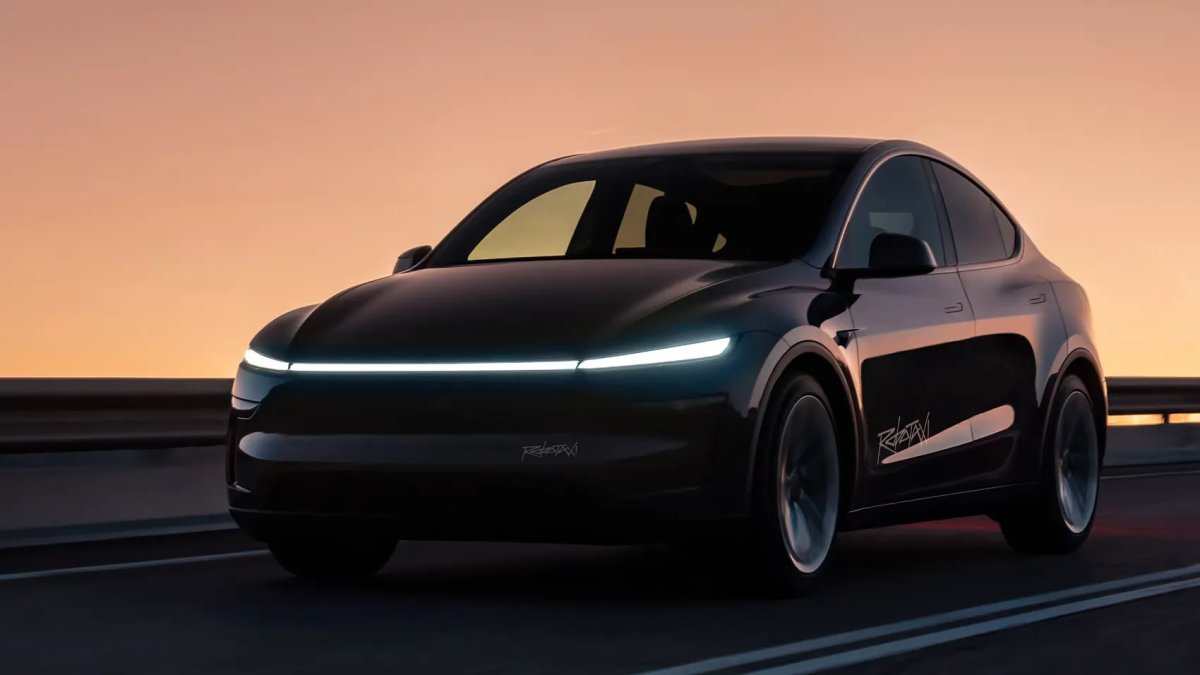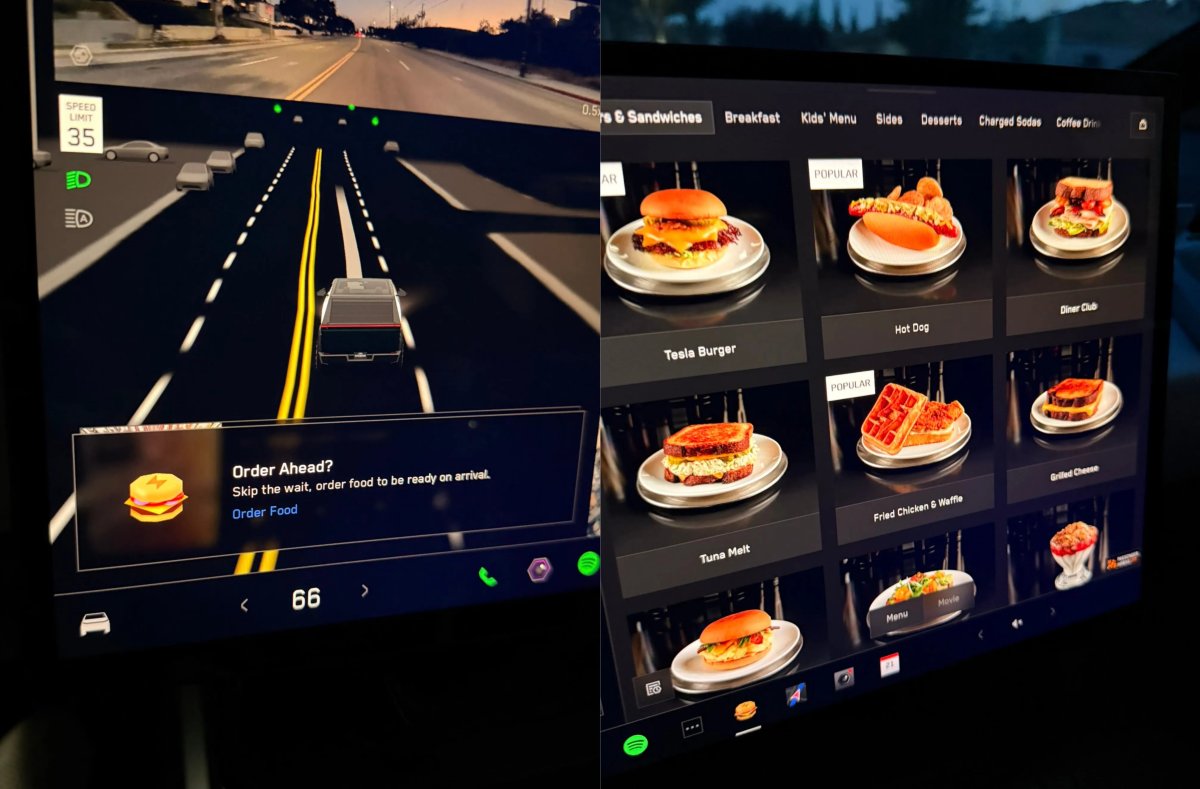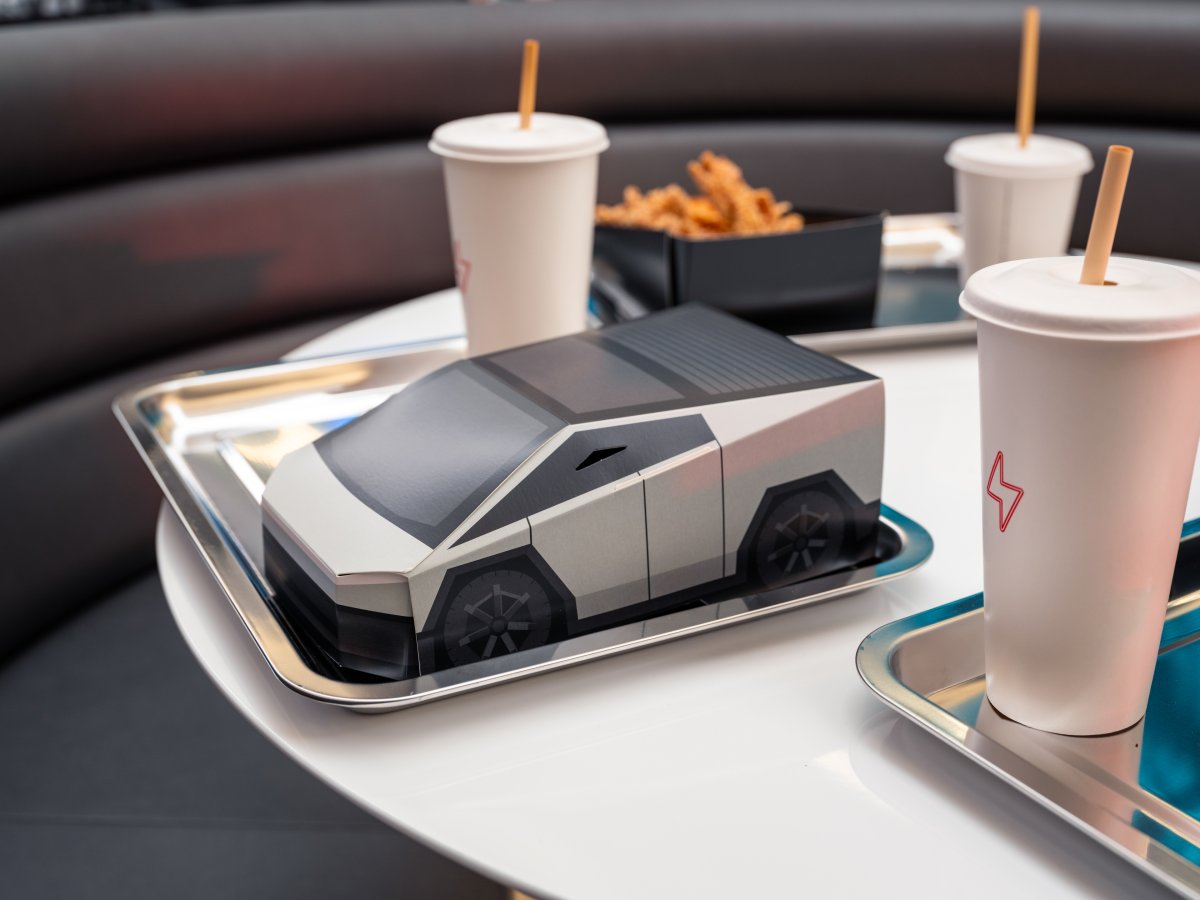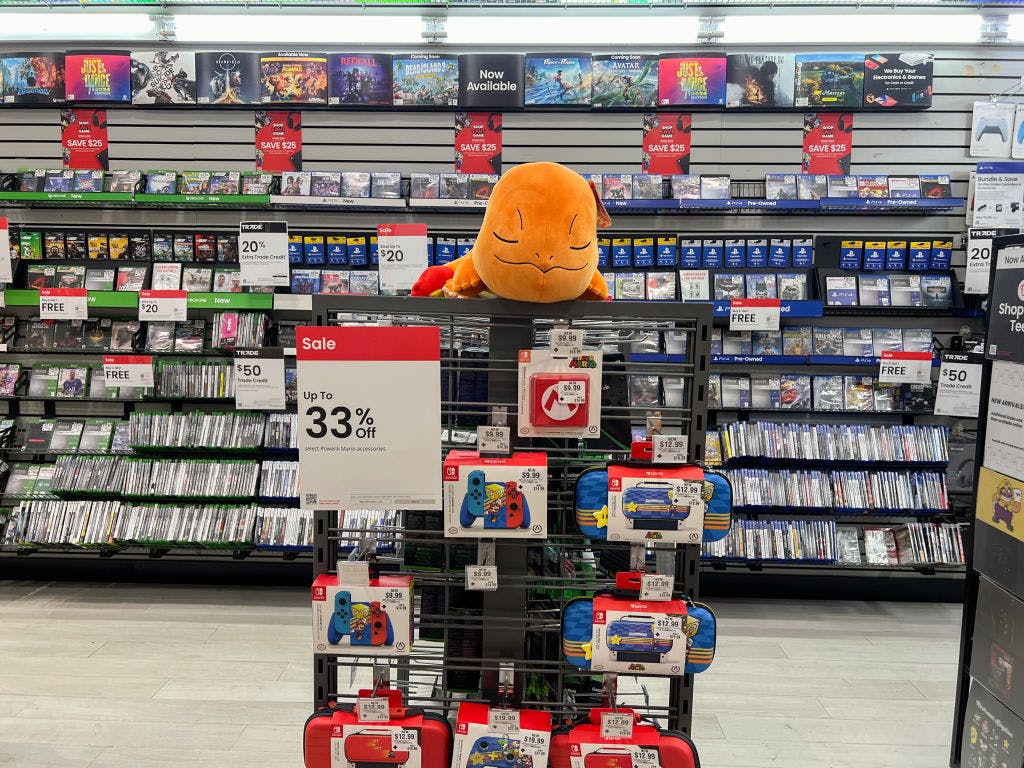By Karan Singh

During a major update presented during the Q2 2025 Earnings Call, Tesla confirmed that its plans for a new, more affordable vehicle are finally on track for sales to begin later this year. Tesla originally stated that production for the more affordable model would begin by the end of the first half of 2025, and they’re technically correct – they’ve begun production, but sales will not begin until late 2025.
Tesla is targeting a production ramp-up throughout Q3 2025, with the vehicle officially going on sale sometime in Q4 2025. To achieve this timeline, Tesla is sticking with what we’ve previously heard about the affordable model. It will likely be a simplified, cut-down version of the ever-popular Model Y, rather than a vehicle built from the ground up on a new platform.
Slower Ramp, Later Launch
While the news of a 2025 launch is exciting, Tesla has cautioned that the production ramp will be slower than initially expected. With the ramp beginning in Q3, Tesla has attributed the slower pace to two key factors: the recent cut of the EV tax credit in the US, and an internal focus on factory retooling.
Let’s break that down. In response to the recent tax credit cut, Tesla has focused its efforts on producing as many of its current vehicles as possible, allowing customers in the United States to purchase vehicles while the tax credit is still active. In order to double down on this, Tesla is running their largest batch of promotions in North America that we’ve ever seen – with a promotion on nearly everything but the new Model S and Model X.
Because of this, their manufacturing lines at Fremont and Giga Texas are running full speed, not allowing time for the retooling needed to produce the affordable model. The affordable model appears to be based on the same platform as the Model 3 and Model Y, as Tesla plans to utilize its existing production facilities to produce the new model.
So, in the simplest of terms, Tesla has been too busy producing vehicles on the very same factory lines that will eventually produce the affordable model. Now, as we enter Q3, Tesla expects to slow down that pace to allow for factory retooling and ramping for the affordable model, for a sales launch in late 2025.
E41: A Pared-Down Model Y
Based on comments from Elon and the team at the Earnings Call, the affordable model will almost certainly be a more cost-effective version based on the existing and proven Model Y. We’ve previously heard rumors about project E41 from China, which told us about a feature-cut Model Y that would come in with a 20% reduction in costs.
The E41 is expected to feature textile seats, similar to those of the cut-down Model 3 for Mexico, while also likely reducing features such as heated and cooled seats, ambient lighting, the rear screen, acoustic glass, and speakers. At the end of the day, E41 isn’t the next-gen, affordable model on a bespoke platform that many have been waiting for—the Tesla Compact. Instead, it’s a simplified and pared-down Model Y that is more affordable for a wider range of potential buyers.
This reduced complexity allows Tesla to bring a lower-cost vehicle to market much more quickly. It is a pragmatic decision that prioritizes getting an affordable, FSD-capable EV into customers’ hands sooner. This lets Tesla adapt to current market and economic realities, rather than waiting for a revolutionary but more complex-to-manufacture new platform.
Will There Be a Next-Gen Model?
Tesla still has several plans for new battery cell types and new drivetrains in their plans for 2026 and 2027. In addition, with the new LFP battery production plant in the United States beginning to scale up, there is a good chance that Tesla is still hard at work in their secretive design studio on a newer, smaller, and even more affordable model.
We believe that Tesla still intends to produce a new, smaller model, but given today’s market realities, it doesn’t make sense to introduce an extremely low-margin model into the lineup. This is especially true when new car sales are suffering due to economic uncertainties and tariff obligations are changing daily.
The Next Steps
Now, with what is likely the E41 beginning production ramps at Fremont and Giga Texas, we’ll have to wait to see exactly what Tesla has done to cut down on the Model Y and what they manage to cut the price down to.
With the Model Y RWD coming in at $44,990, a 20% price cut would bring it down to about $35,990 (before incentives), making it by far Tesla’s cheapest EV. That makes it remarkably more affordable, especially for those who still have remaining state incentives in place. By some miracle, if Tesla can bring that price down to $29,990, it may become the best-selling budget vehicle we’ve ever seen. We don’t expect such a drastic price cut until at least the introduction of the next-generation model, though.
We’ll be keeping a close eye on what Tesla does, as if they’re actually producing these vehicles now, it shouldn’t be long before we’re able to spot them.
By Karan Singh

It’s happening… According to an internal memo viewed by Business Insider, Tesla is expanding its Robotaxi Network to a new city. This expansion will take place in the San Francisco Bay Area and marks the first Robotaxi expansion.
According to Business Insider, this timeline was accelerated following the success of Robotaxi in Austin. Following a discussion with our own source, the rollout is expected to begin on Sunday morning. Interestingly, this timeline lines right up with the conclusion of the X Takeover event in San Mateo, which several Tesla executives are likely attending.
This launch will mark the second city for Tesla’s ride-hailing service, following its debut in Austin. As with Austin, the service will be invite-only for some Tesla owners, who will be able to hail and pay for rides via the Robotaxi app.
What to Expect
For this initial deployment, the Robotaxis will still be deployed with a human safety monitor, but with a catch. Unlike the Austin deployment, where the monitor sits in the passenger seat, the Bay Area monitors will be in the driver’s seat. This is a critical distinction, and for all intents and purposes, a safety driver. This is due to regulatory reasons, which we’ll dive into.
The service will operate within a geofenced area covering a wide swath of the Bay Area. The memo mentions that the area should cover Marin, San Jose, and much of the East Bay area. Tesla will once again be using the modified Model Ys it uses for the Austin Robotaxi Network – equipped with a second telecommunications unit.
We’re expecting Tesla to send out a round of invites in the coming days for owners local to the Bay Area.
Regulatory Grey Area
While the launch is a landmark moment for Tesla, there’s an interesting story behind just how they’re navigating the rollout of Robotaxi, given California’s complex regulatory environment. The presence of a safety monitor in the driver’s seat isn’t a precaution – it is exactly the way Tesla intends to push the deployment until formal federal regulations supersede municipal and state regulations on autonomous vehicles.
According to the California DMV, Tesla has a permit for testing FSD with a safety driver, but has not yet secured a permit for driverless testing or deployment. The California Public Utilities Commission (CPUC), which regulates ride-hailing services, has also not received an application from Tesla for a commercial public service permit as of early July, according to Business Insider.
By keeping a fully capable monitor in the driver’s seat, Tesla appears to be operating in a regulatory grey area. The service could be defined as a “chauffeured ride-hailing service” that uses FSD as an “advanced driver-assist” feature, rather than a fully autonomous service. This allows Tesla to continue operating under its existing testing permits while it continues to work with the DMV and CPUC to obtain approval.
Elon previously mentioned that the Bay Area regulators have been extremely reasonable, so this strategy was likely developed in conjunction with the regulators to start the rollout early and obtain regular permitting as operations continue.
This is definitely a bold first step outside of Austin, and we’re happy to see that Tesla is pushing hard on expanding the Robotaxi Network. This allows Tesla to gather invaluable data on FSD performance in another dense and challenging environment, while also adding more paying customers to its network. Tesla also plans to expand to Florida and Arizona, as well as other US states and cities by the end of 2025, so there will definitely be more to come.
By Karan Singh

The new Tesla Diner in Hollywood is officially open, and it’s much more than just a restaurant with Superchargers.
Tesla has gone all out, closely integrating the Tesla Diner into its vehicles and the Tesla app to create an exceptional Tesla experience.
The Tesla Diner also includes high-quality and sustainable food and exclusive Tesla merchandise to round out the experience.
Read on to learn how Tesla improves the take-out and dining experience of a restaurant by integrating it into its vehicles.
Ordering
The unique experience begins well before you even arrive at the Diner. When you choose to navigate to the Tesla Diner, you’ll receive a prompt in your vehicle about an hour before you’re scheduled to arrive.
The diner’s menu is built right into your vehicle – you can tap and scroll through the menu on the main display, adding items to your order. The menu is designed for a larger touchscreen, similar to those found in kiosks at Dunkin’ Donuts or McDonald’s.
In Car Delivery
So let me get this straight… it’s 2025, and I’ll be driving from Texas 🤠 to the @Tesla Diner in LA… as I approach Hollywood, I can pre-order burgers, dogs, fries, and drinks 🍔🌭🍟🥤 straight from my in-car UI… charges my @Tesla account, food served fresh as I pull into the… pic.twitter.com/Ogfl2gkKMb
— JeebsTX 🇺🇸 (@JeebsTX) July 22, 2025
Once you’re complete with your order, you can choose to dine in, pick up, or have the food delivered to your vehicle. The magic sauce here is that you don’t need to choose the time to have your food ready. Tesla automagically knows when you’re arriving and will have your food ready for you.
However, that’s not all. If you choose “In Car,” staff from the diner will bring your food out to you when you arrive. How will they know where you are? When you plug in at a Supercharger, the vehicle automatically communicates the stall number to the diner, letting them know you arrived and which Supercharger stall you’re in.
If, for some reason, your food isn’t ready when you arrive, you’ll automatically receive a message in your vehicle, letting you know that your food is being prepared.
Drive-In Movie
When you arrive at the diner, you’ll be offered to sync up your audio and video in the vehicle with the two large 45-foot LED screens. You’ll hear the audio right through your car’s speakers, no manual syncing or FM radio required. Your vehicle’s screen will also play the same video that’s displayed on the larger outdoor screens.
There’s now a Tesla Diner app that appears in Tesla Theater when you’re near the diner. This app lets you watch and listen to the movie or order additional food.
Payment
Similar to the food integration, Tesla’s payment solution is also seamless. Food payment is handled automatically through your payment options in the Tesla app, just as Supercharging is automatically billed.
In a classy move, Tesla automatically covers gratuity for its staff.
High Quality Diner Fare

While one might expect standard fast-food fare, Tesla has made a deliberate effort to serve higher-quality food, focusing on responsibly sourced local ingredients. Tesla states that the vast majority of the ingredients are sustainable, local products available within a full charge of a Tesla, which means the Diner is sourcing directly from local farms.
We’d expect this commitment to be maintained when Tesla begins expanding their diners. Future Tesla Diners may serve local specialities rather than just classic diner fare.
Here’s a list of what Tesla does to maintain quality for the food:
-
Breakfast items use organic eggs from pasture-raised chickens, fed with all-vegetable grains
-
Bacon comes from heritage-bred pork
-
Flour tortillas are made with heritage organic wheat
-
Kombucha uses 100% raw, organic ingredients, and the yogurt and milk are also organic
-
Cheese is made without phosphates, starches, acids, or fillers
-
The fries are cooked in beef tallow
Tesla has put a lot of time and care into creating a great experience and menu. The food also comes in a neat little Cybertruck box if you’re ordering a burger or sandwich. Just remember there’s a rule when it comes to the box…
If you eat at the Diner, you must wear your burger box as a hat once you’ve finished your meal.
I don’t make the rules.
— Cybertruck (@cybertruck) July 22, 2025
Exclusive Diner Merch
It wouldn’t be a special Tesla destination without some exclusive destination merch. Tesla offers a range of Diner-exclusive merchandise, as well as additional items available in the Tesla Shop, including classics like the Levitating Cybertruck and more.
The exclusive merch includes:
-
A Tesla Bot for Tesla Diner (unique to the Diner, all black, with special Diner-related items)
-
Tesla Retro Diner Tees and Hoodies
-
Tesla Retro Diner Lamp
-
Tesla Sweets – Supercharged Gummies
-
Tesla Diner Hats
-
Tesla Diner Pins, Salt/Pepper Shakers, and Drinking Vessels
Some of this merchandise, including the unique Diner Optimus, has been marked as having limited-time availability – so if you want it, you’ll want to get your hands on it soon.
Tesla’s Diner is a perfect expression of Tesla’s entire brand experience – seamless and premium. It combines the convenience of in-car tech with a fun, retro-futuristic atmosphere and a genuine commitment to food quality.
Let’s hope that Tesla’s expansion plans for the Diner work out – we’d love to see these across the world.

